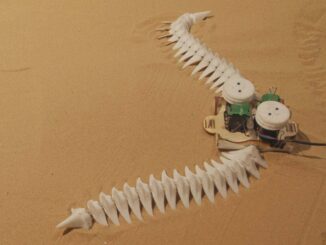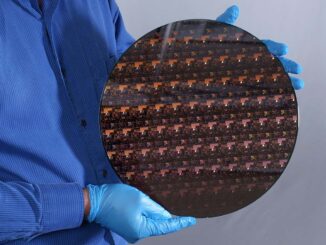
Netflix inventa un nuevo método de captura de pantalla verde usando luz magenta
Los investigadores de Netflix han creado un nuevo tipo de tecnología de pantalla verde impulsada por IA que puede producir efectos visuales realistas para cine y televisión en tiempo real. La tecnología de pantalla verde se usa comúnmente para capturar […]








